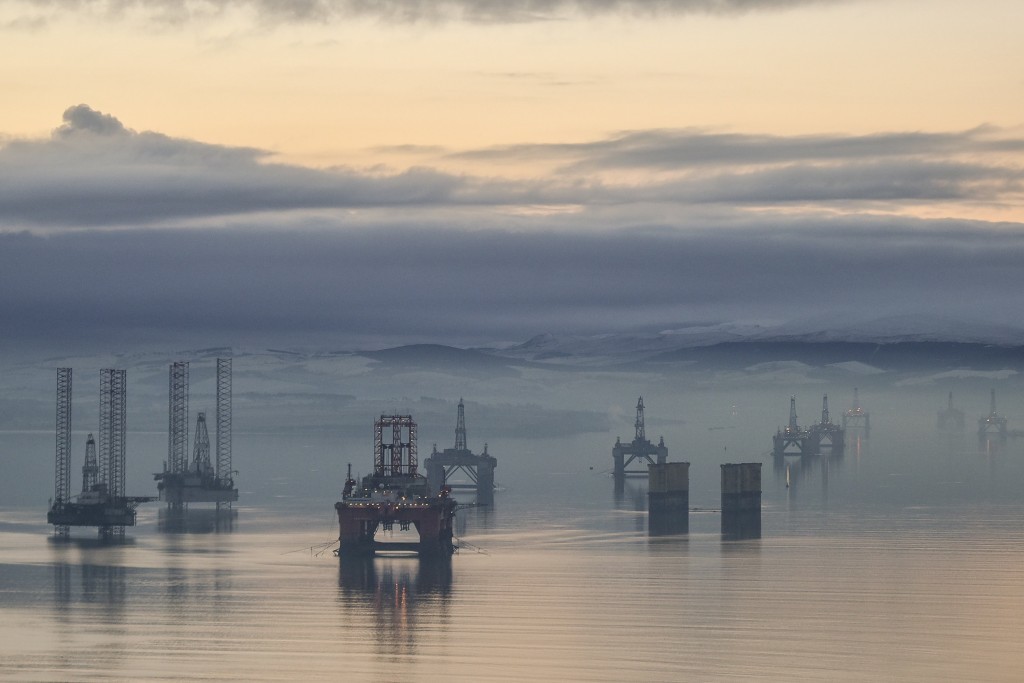
As the Wall Street reporting season grinds along, the news from the oil-patch is, by and large, gloomy with the exception of US onshore drilling where there is a distinct uptick in shale-related activity.
The story for offshore drilling is in contrast one of pretty much unrelenting misery with contract curtailments and little fresh business coming forward being the order of the day.
However, one of the contractors reporting last month was an almost optimistic Fred Olsen Energy which is expecting an early recovery of the mid-water first in 2017, before it spills over to the ultra-deepwater segment.
Moreover, it suggests that the UK sector will be the first to experience green shoots of tentative recovery.
“A moderate improvement in drilling activity is expected,” is what FOE dared to say in its market presentation, but without giving any detail other than to say that there have been some requests and tender activity for work with start up late 2016 and into 2017.
Not so good in Norway, however.
“There has been a considerable reduction in the utilisation of the rig fleet in Norway during the last year and this is expected to continue into 2017. Expect increased numbers of cold stacked units with few new visible contract opportunities in second half 2016 and into 2017.”
Despite the hint of green shoots, there are far too many floaters laid up in UK and Norwegian waters. And it seems that the number of stacked units is more likely to be reduced through scrapping and not work.
Fred Olsen has, for example, decided to give the Borgny Dolphin the chop. It has been cold stacked at the Harland & Wolff shipyard in Belfast after its contract with Petrobras expired in 2014 with no renewal of class certificates.
Both the UKCS and NCS drilling markets are judged to be in bad shape by market watchers.
Back to Fred Olsen and its prediction of a re-balancing of the oil market late this year into next, followed by a modest recovery in oil price expected to continue going forward, this could be proven misguided, given the once again downward drift in oil prices, driven by rising US domestic output and persistent global glut.
The latest drilling contractor to report as this edition of Energy was being prepared was Ensco. While many members of this very modern fleet do have work and have even secured new contracts at reduced rates, the company is also swinging the axe, having sold six rigs (two drillships, two semi-submersibles and two jack-ups) at “scrap value”.
The above is just a snapshot of the gloom that pervades.
In short, the offshore drilling sub-set and the oil industry in general, need urgently an oil price at or above $60/$65 a barrel. There is no way around this basic fact.
But, two years into the current slump, there is no real sign of relief and predictions of a possibly sharp lift late this year could turn out to be premature.
As predicted in Energy some months ago and referred to above, US shale is remodelling itself as a dramatically more efficient industry and one that can live very comfortably at sub $60 barrel prices. This can only act as a massive damper on offshore activity.
Recommended for you
